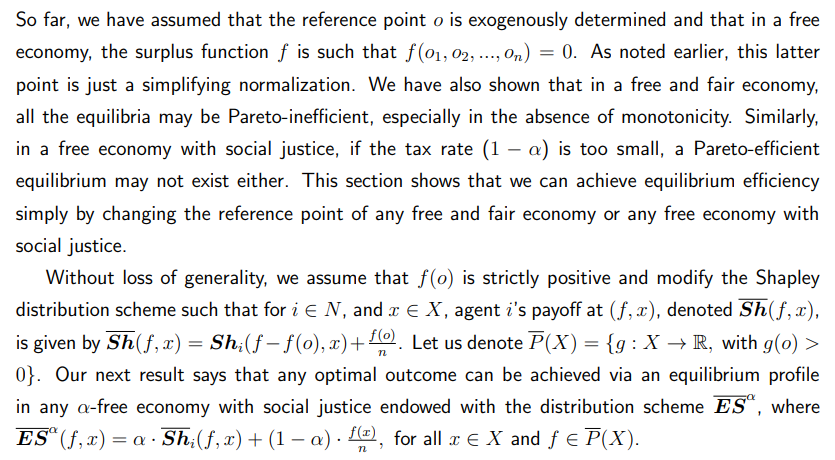Bitcoin ETFs Surge with 20,685 BTC Inflows, Marking Strongest Week
TLDR
- Bitcoin ETFs recorded their strongest weekly inflows since July, reaching 20,685 BTC.
- U.S. Bitcoin ETFs contributed nearly 97% of the total inflows last week.
- The surge in Bitcoin ETF inflows pushed holdings to a new high of 1.32 million BTC.
- Fidelity’s FBTC product accounted for 36% of the total inflows, marking an 18-month high.
- Bitcoin ETF inflows have played a key role in driving Bitcoin’s market strength since ETF approvals.
- In the last 30 days, investors accumulated 22,853 BTC, surpassing new supply by 8.93 times.
Bitcoin exchange-traded products (ETPs) saw their strongest weekly inflows since July last week, according to K33 Research. The inflows reached a total of 20,685 BTC, boosting U.S. spot Bitcoin ETFs to 1.32 million BTC in holdings. This surge came ahead of the Federal Open Market Committee (FOMC) meeting, reflecting heightened investor demand.
Bitcoin ETFs Lead the Surge in Inflows
The majority of last week’s inflows came from U.S. Bitcoin ETFs, which accounted for nearly 97%. This highlights the growing interest in Bitcoin, particularly ahead of key economic events like the FOMC meeting. André Dragosch, head of research for Europe at Bitwise Investments, emphasized that Bitcoin ETF inflows are crucial to Bitcoin’s price movement.
Dragosch further noted that the percentage of Bitcoin’s performance linked to changes in ETF flows reached an all-time high. “Flows into Bitcoin ETFs explain much of Bitcoin’s recent strength,” Dragosch said. Analysts agree that ETF flows have played a significant role in driving Bitcoin’s market momentum since the approval of these products.
Strong ETF Demand Reflects Increased Risk Appetite
Fidelity’s FBTC product led the demand for Bitcoin ETFs, bringing in $843 million, or 36% of the total inflows. This marked the highest inflows in the last 18 months, underscoring the rising interest in Bitcoin. Despite the soft inflation data and rate cut expectations, analysts point to a general increase in risk appetite.
In the last month, investors accumulated approximately 22,853 BTC through various products. This was far greater than the new supply of 14,056 BTC, supporting Bitcoin’s price recovery. While volatility remains low, the inflows into Bitcoin ETFs remain a crucial factor for its continued market strength.
The post Bitcoin ETFs Surge with 20,685 BTC Inflows, Marking Strongest Week appeared first on CoinCentral.
You May Also Like

BetFury is at SBC Summit Lisbon 2025: Affiliate Growth in Focus

Why The Green Bay Packers Must Take The Cleveland Browns Seriously — As Hard As That Might Be
